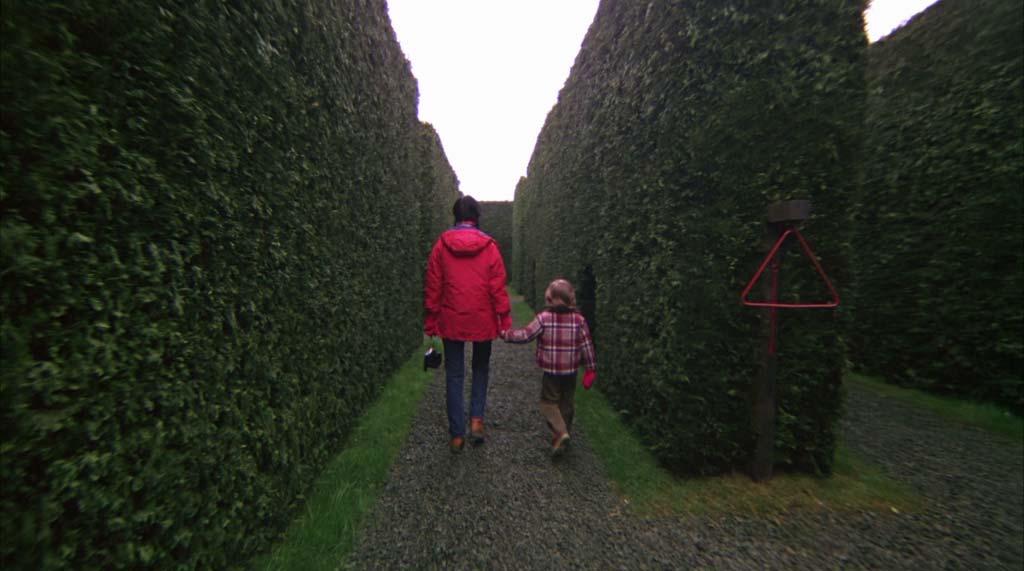
For years, visitors to the Stanley Hotel in Estes Park asked the staff, “Where’s the maze?”
Stanley Kubrick's film adaptation of “The Shining” features a huge hedge maze. But the actual landscape at the Stanley Hotel -- which inspired Stephen King's 1977 novel -- has never featured one in its 106-year history.
That's about to change.
The hotel recently held a contest seeking designs for a maze to be built on one of its lawns. And on Tuesday, judges selected Mairim Dallaryan Standing of New York as the winner.
The hotel will install Standing's hedge maze this spring to coincide with the Stanley Film Festival, held April 30 - May 3.
The contest earned 329 entries from 40 different states as well as countries from all over the world, including Brazil, the United Kingdom, Iceland, Ukraine and Australia.

“We have not only been surprised at the number of submissions and the international interest, but also the quality of the design entries,” says John Cullen, owner of the Grand Heritage Hotel Group, which bought the Stanley in 1995. “This is another step in the future of this historic hotel.”
The seven-person panel of judges included Stanley owner Cullen, Estes Park Mayor pro tem Wendy Koenig, Colorado State University landscape architecture professor Merlyn Paulson, Denver Film Society executive director Tom Botelho and area residents.
Cullen says he has not yet determined the cost of the project.
While the hedge maze in the film is 8 to 10 feet tall, its imitator will only stand as high as 3 feet. The team also plans to incorporate topiary, lighting designs and original music that will play throughout the maze.
When complete, the maze will further recognize the importance of the history that “The Shining” represents, Cullen says.
While there is no hedge maze in King’s original novel, it’s an important symbol in Kubrick’s film, says Ernesto R. Acevedo-Muñoz, chair of the film studies program at the University of Colorado Boulder.
“It’s a much more eloquent way to represent Jack’s mind and his insanity,” the professor says.
The film was not shot at the Stanley. Instead, some of the exterior shots depicting the fictional Overlook Hotel come from outside the Timberline Lodge in Mount Hood, Oregon.
But the majority of what is captured in “The Shining” comes from sets built specifically for the movie near London, including the hedge maze, says Acevedo-Muñoz, who teaches a class on Kubrick.
“It gives the movie a particularly eerie atmosphere,” he says.
“The maze itself is not scary, but it becomes scary the more it comes to resemble Jack’s demented state.”









